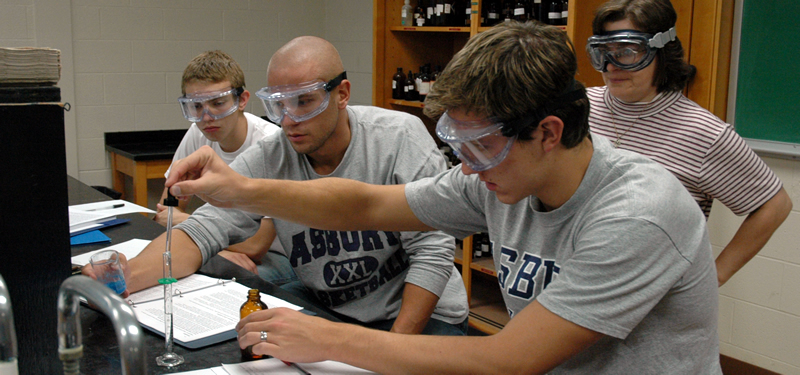First-of-its-kind analytics tool helps colleges eliminate blind spots in jobs and salary data
April 01, 2021

Kentucky colleges and universities have a new tool to see if graduates who move out of state are securing jobs and earning good wages – key factors in evaluating the success of an academic program.
The interactive tool is called the Multi-State Postsecondary Report (MSPSR). It's one of the first efforts in the country to share workforce data from contiguous states on recent college graduates.

The Kentucky Center for Statistics (KYSTATS), an agency within the Education and Workforce Development Cabinet (EWDC), developed the tool in partnership with the Kentucky Council on Postsecondary Education (CPE), the Ohio Education Research Center and the Coleridge Initiative, a not-for-profit organization working with governments to ensure that data are more effectively used for public decision-making.
Prior to the project, campuses had few, if any, resources to understand employment patterns among graduates who leave the state after earning a degree or credential. MSPSR fills in that gap, offering information on graduates who have moved to Indiana, Ohio or Tennessee.

CPE President Aaron Thompson said the lack of shared data among states in the past has forced some campuses, especially those located near state boarders, to underreport job placements.
"We're eliminating some major blind spots," Thompson said. "Complete and accurate data is essential for evidence-based decision making, and we want all of our campuses to have the best information available to assess their programs and prepare our students for sustainable careers."
All Kentucky colleges can use MSPSR to analyze employment outcomes based on credentials and majors. Users can also search based on origin – whether graduates entered college as an in-state or out-of-state student.
Based solely on Kentucky data, 58% of graduates from Kentucky colleges and universities secured a job within three years of completing a postsecondary program. However, when including data from Indiana, Ohio and Tennessee, that number jumps to 73%. The increase is often more pronounced for institutions near state borders.
At Northern Kentucky University, for instance, overall employment percentages for graduates at the three-year mark increased from 37% to 81% when including other states. Almost 42% of the university's STEM graduates are working in Indiana, Ohio or Tennessee.
Another campus, Gateway Community and Technical College, saw employment for STEM graduates increase from 68% to 89% when including data from the surrounding states.
"This is one of the first state-driven reports to promote cross-state collaboration and provide out-of-state workforce outcomes for postsecondary graduates," said Dr. Jessica Cunningham, executive director of KYSTATS. "Institutions can now have a better understanding of their graduates' employment and wages by credential level, major, and the state these graduates originated, all while ensuring data privacy and security."
The report, supported by the Bill and Melinda Gates Foundation and the Institute of Education Sciences State Longitudinal Data System, can be accessed at: https://kystats.ky.gov/Reports/Tableau/2021_MSPSR.
Last Updated: 7/22/2021
